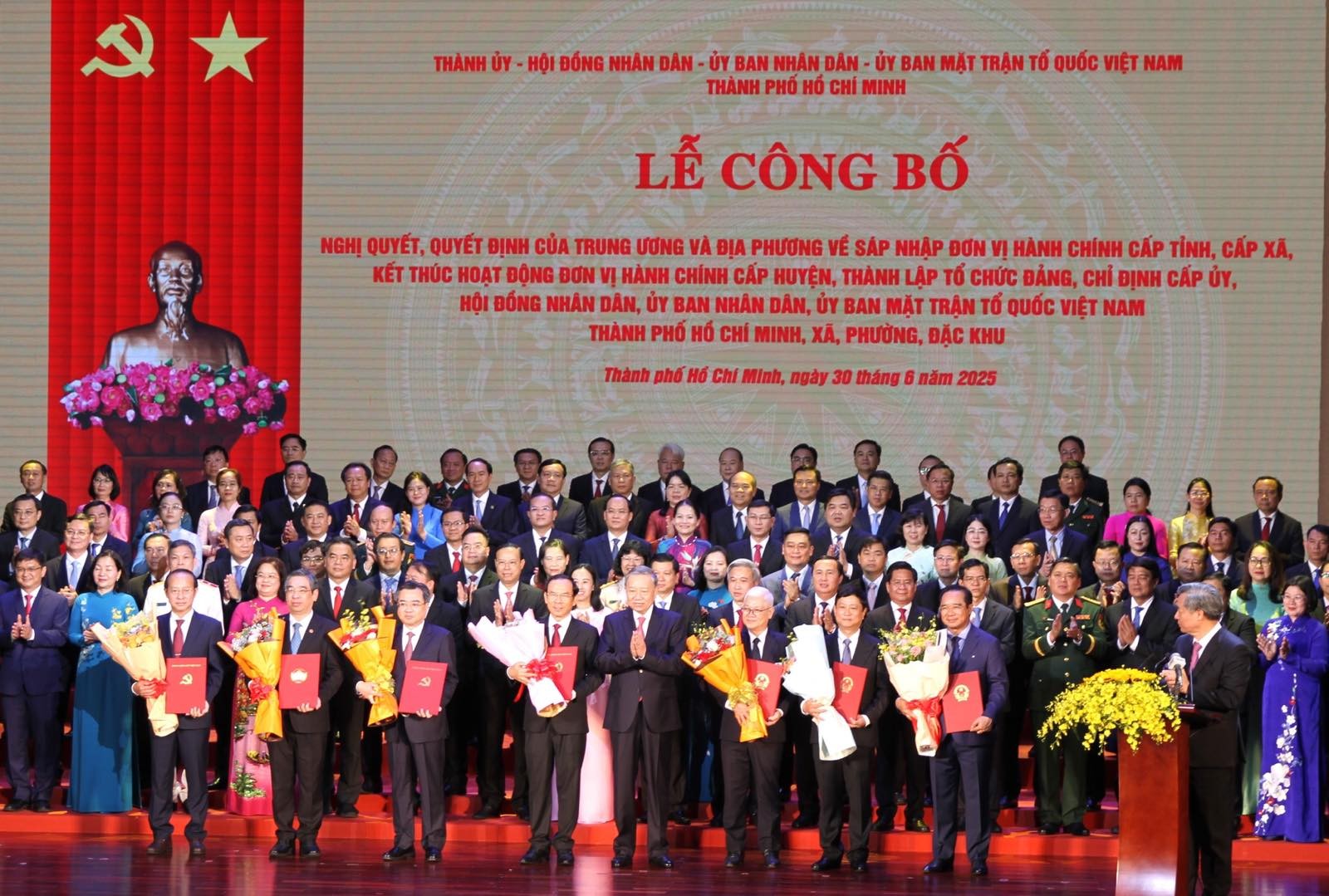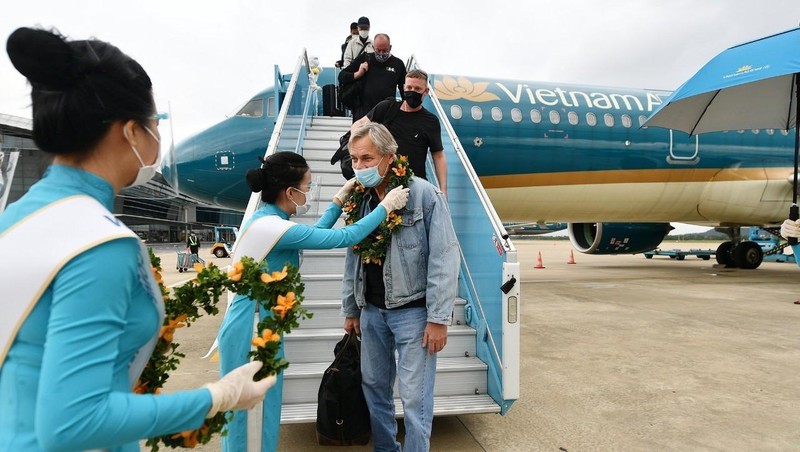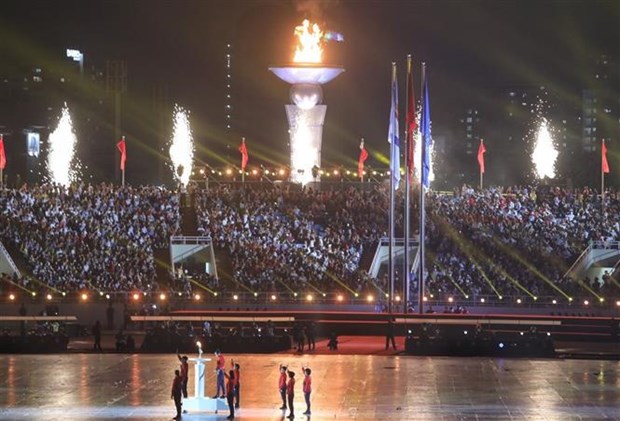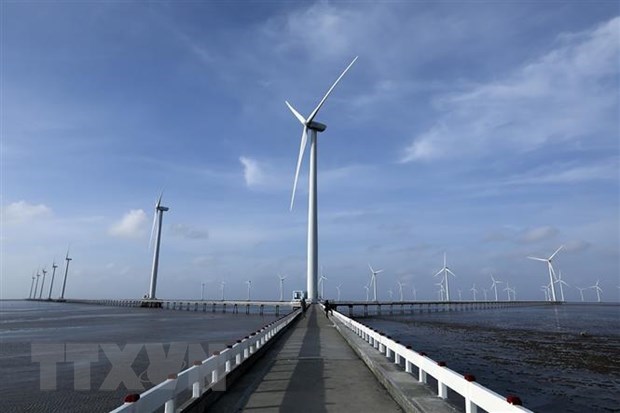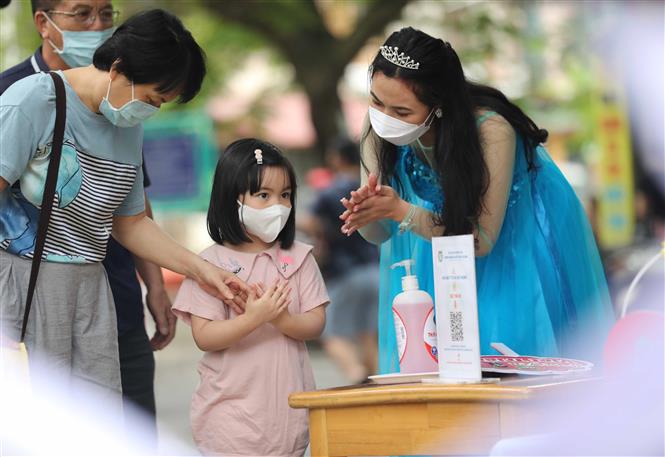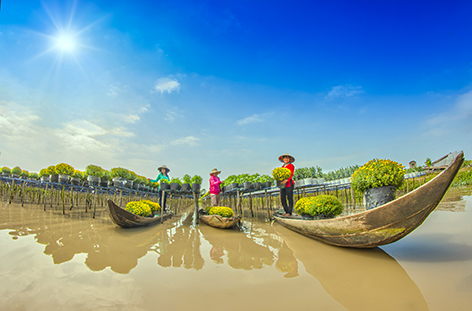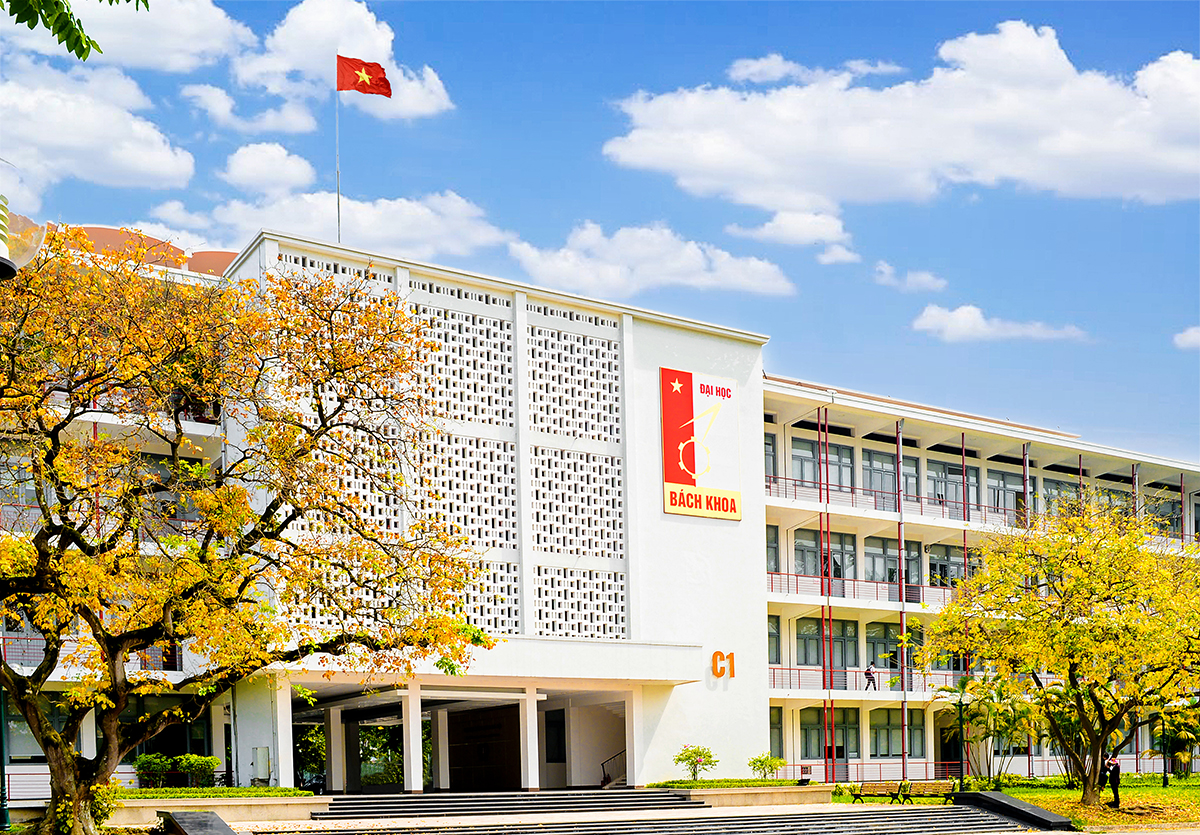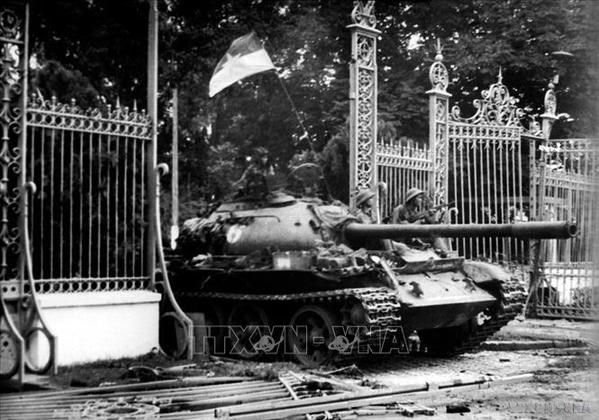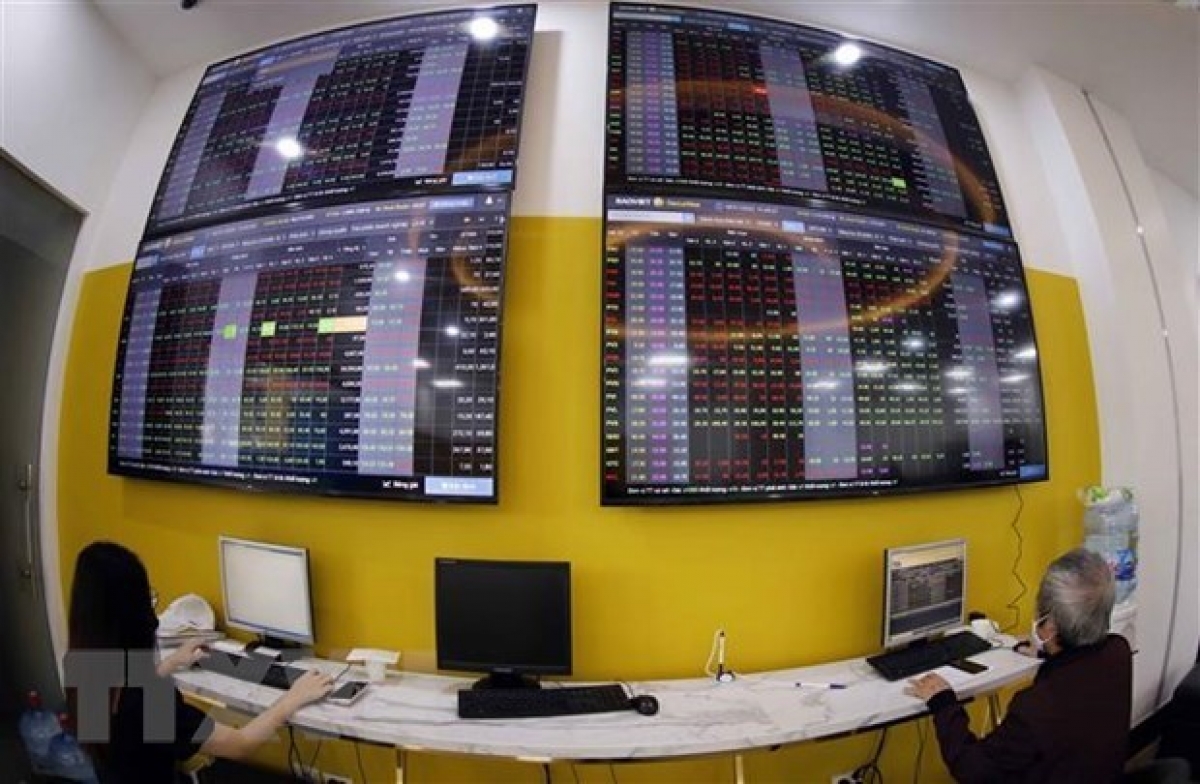In the military aspect, throughout the resistance war against French colonialists, the Party paid great attention to developing the armed forces with the combination of local militia and military forces, which enabled Vietnam to oranise large-scale campaigns.
At the end of September 1953, the Politburo of the Party Central Committee met to discuss a strategic policy for military activities in the winter-spring period of 1953 – 1954. The plan was to attack areas where the enemy was weak, while at the same time promoting guerrilla warfare.
The Vietnamese army and people cooperated closely with the militia and Laos and Cambodia to launch attacks on the Indochina battlefield, forcing France to disperse its forces. The French main force was split into five smaller forces that struggled to support each other.
In coordination with the main troops, the Vietnamese forces protected resistance bases, cut off traffic, and attacked and destroyed more of the enemy’s bases. Navarre's strategy went bankrupt.
On the northwest front, from November 1953, the French command in Indochina decided to send troops to build Dien Bien Phu into a strong military base. In General Navarre's mind, Dien Bien Phu held an important strategic position.
By early March 1954, more than 16,000 French troops had gathered in Dien Bien Phu, including the most elite military units in Indochina. They were stationed in 49 bases divided into three zones. France regarded Dien Bien Phu as an "unbreakable fort".
On the Vietnamese side, the Party Central Committee and the Supreme Command were determined to launch a campaign to attack Dien Bien Phu - a decisive strategy to successfully end the resistance war against the French colonialists. General Vo Nguyen Giap was assigned to command the campaign.
Over 55,000 soldiers were sent into battle, and 260,000 labourers and 27,400 tonnes of rice were mobilised to serve the operation. Tens of thousands of young people volunteered to work with the army to open a road to the battlefield despite enemy shelling.
In just a short time, thousands of kilometres of roads were built or repaired.
On March 13, Vietnamese troops launched their offensive on Dien Bien Phu, which lasted for 55 days until the complete destruction of the entrenched camp on May 7, 1954. It was an historic victory.
Particularly, through 56 days and nights of the Dien Bien Phu Campaign, the air defence-air force, artillery and infantry forces shot down and destroyed 62 aircraft of all kinds of the enemy, while damaging hundreds of others.
In the political aspect, the Party and President Ho Chi Minh made great efforts to popularise the resistance and national construction policy and orientations among the people, promoting the strength from justice and politically isolating and weakening the enemy, creating favourable conditions for the struggle in other fields.
Meanwhile, the support from people was optimised during the resistance. With the spirit of “all for the battlefield” and “all for victory,” local residents in the northwestern region provided more than 7,310 tonnes of rice, 800 tonnes of fresh vegetable to the campaign, along with tens of thousands of working days, which greatly contributed to the victory.
During the Dien Bien Phu Campaign, the Party and President Ho Chi Minh successfully optimised the strength from the national great unity and consensus, as well as solidarity with neighbouring countries.
Over the past 68 years, the comprehensive resistance policy given by the Party, which led the country to the Dien Bien Phu victory, has still maintained its value. Lessons from the success are applicable to the cause of national construction and defence in the new situation, helping build a strong nation with wealthy people, democracy, equity and civilisation, that stands side by side with powerful countries in the world./.
Q.Hoa t.h / VNA



